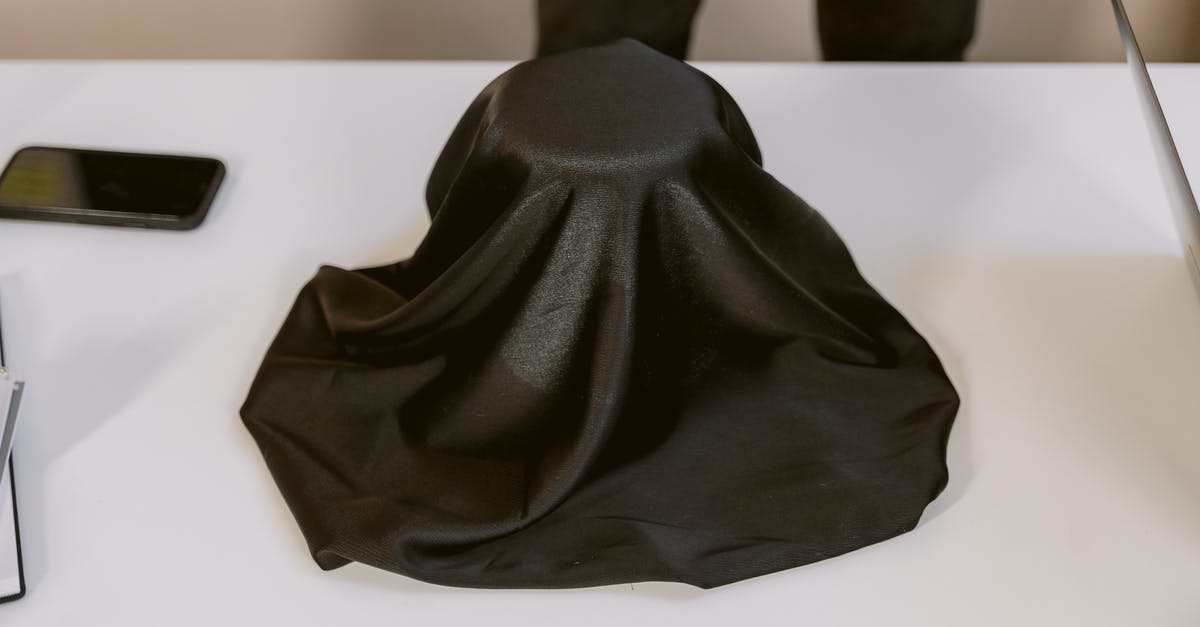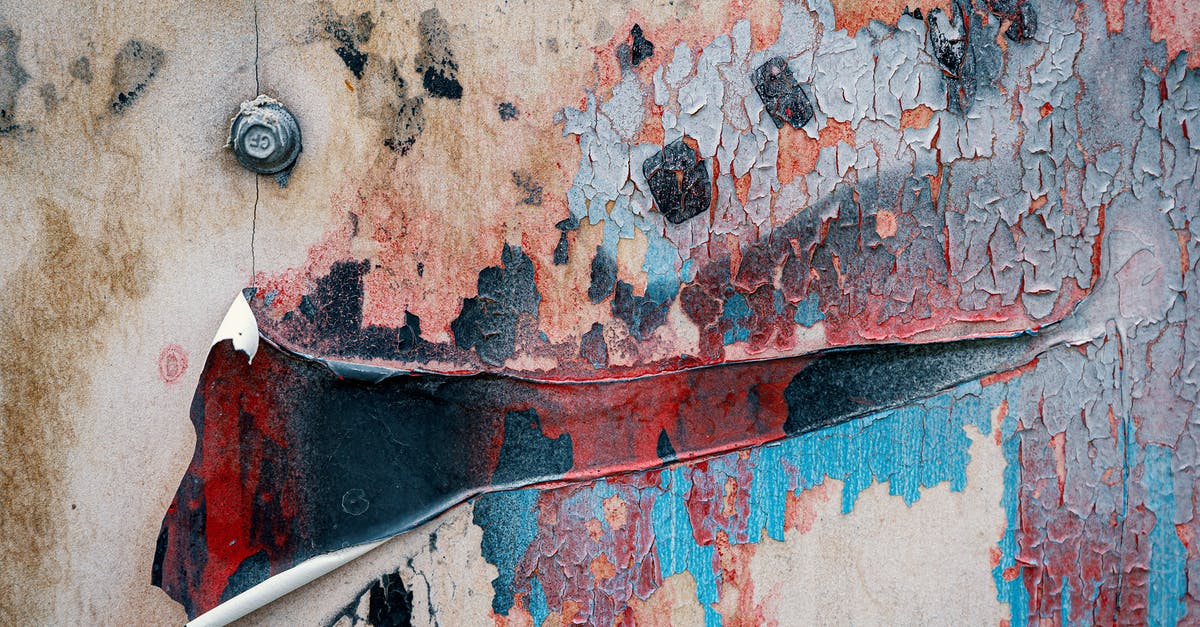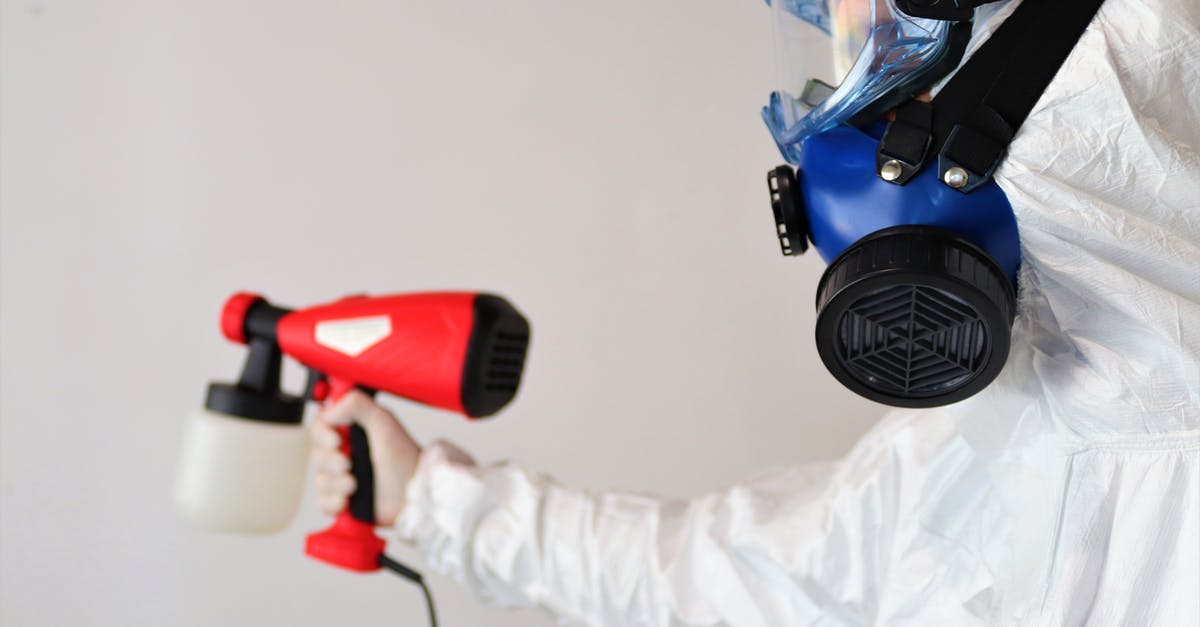My sauerkraut has mold covering the surface, is it ok?

I had a batch of sauerkraut fermenting in the basement. During the fermentation I had to leave for over a week and left my roommates with the basic instructions to check it a couple times and skim off any mold that might form. They forgot about it, and when I returned I found the brine level was down to the weights (but not exposing the cabbage), and that there was a full cover of dark greenish/grayish mold on the brine surface.
I've removed the mold carefully and found the submerged cabbage smelled and appeared ok, with the exception of some being slightly darker where the weights were not directly on top of it. This kraut was removed and thrown out, and only totaled about 1 cup. The mold did not contact the kraut, and the kraut itself seems to have remain submerged.
Overall I'm leaning towards it being ok, and might try small samples in cooked dishes--is this reasonable, or should I just toss it and start a fresh batch to play it safe?
Best Answer
Per NC State's Extension's article on pickles and sauerkraut (some emphasis added):
Pickles or sauerkraut mold during fermentation.
Answer:
Unsafe—microorganisms are growing improperly.
Possible reasons
- Fermentation temperature was above 75°F.
- Too much salt was used, not allowing adequate lactic acid production.
- The cloth on top of the kraut was not kept clean during fermentation (may need to be replaced after skimming).
Per Penn State Extension's Saurkraut Guide (emphasis added):
Do not taste it if you see mold on the surface, feel a slimy texture, or smell a bad odor.
Their PDF on Saurkraut says:
To avoid surface mold growth, keep the cabbage submerged at all times by covering it with a plate just small enough to ft inside the fermentation container or with two or three clean quart jars filled with water. An acceptable alternative is to fill a large, sealed, food-grade plastic bag containing 4½ tablespoons of salt and 3 quarts of water.
Again, no indication of acceptable types of mold.
I cannot endorse the existing answers which indicate that mold is an acceptable part of the saurkraut making process, unless credible science based evidence is presented, from reputable sources such as University Extension Centers or, better yet, peer reviewed journal sources.
Pictures about "My sauerkraut has mold covering the surface, is it ok?"



Is white mold OK on sauerkraut?
This is totally normal. Skim off and discard. If white or bluish splotches that sit like unwelcome lily pads on your brine show up, floating on your brine, your ferment has grown little mold colonies. They are also taking advantage of the air-contact space on the top of the brine.How do you know when sauerkraut is bad?
A big red flag when your kraut has gone bad is the smell- a weird off-smelling yeasty or moldy aroma. If it is emitting a strong odor, do not eat it and throw it away. In addition to the smell, if your kraut has become a different color or texture, throw it away.What is the white film on top of my sauerkraut?
When fermenting vegetables, it is common to notice a white layer forming on top of the liquid after a few days. Often this white film is mistaken for mold, and the entire ferment is discarded. However, the white film is usually a type of yeast known as kahm yeast.What could be done if fermented vegetables grow mold on top Support your answer?
What To Do if Mold is Present. Simply scrape off the top layer, give the container a few seconds to air out, then test aroma and flavor. If it smells ok, taste a little bit. If it tastes ok, it should be fine to consume.How to tell if your Sauerkraut has gone bad!
More answers regarding my sauerkraut has mold covering the surface, is it ok?
Answer 2
As long as the kraut was submerged below the brine all the time it's been fermenting it would be fine. The mould forming on top of the brine is a natural by-product of the fermentation process.
It's when the kraut has contact with the air and forms mould you should discard.
I experiment with making chilli hot sauce using a similar fermentation process and the same principle applies to the chilli mash.
Answer 3
Ummm... If you are canning or boiling then it isn't fermentation that you are doing. Why promote all that good lacto-bacterial action then kill it all? The point of kraut is that it is alive, all the way down to your tummy. Killing the bacteria kills the flavour too- you may as well start out with vinegar and just pickle it.
But I agree it is very difficult to poison yourself with fermented veggies. There are very few documented cases of botulism, for example. I am a researcher who loves to ferment!
Answer 4
yes its still good one thing I like to do half way through is take all the brine out above the plate and run it through a micro micro strainer get it nice and clean in case theres still some mold spores left then I do this once more befor I jar it. and fit the strainer with cheese cloth to get everything. so because my cabbage hat holding my kraut down is also covered with cheese cloth and I mean covered, jammed down the sides above the hat I use alot of cheese cloth. no bits of kraut are coming up and making little islands to breed junk and any mold spores are not going down because my plate only leaves about a few millimeters of space around the edge I also make sure theres 3 inches of brine above my plate and weights. so when I finish and im going to jar it I clean that brine on top once more and im good. my friend has a special vacuum to suck the top off and all the yeast and it cleans it and spits it back. blue grey mold and white mold are ok. if u are getting dark mold black mold or multi color mold throw it out especially if its on some kraut and made it to the top toss it and remember when in dought throw it out.
Answer 5
As an RN, I say, "if in doubt, throw it out!" It's so easy to just make another batch. Feed the bad stuff to your local wildlife. Letting it get too warm i sprobably the most common mistake I've made. My fermentation crock does an excellent job (as long as it stays cool enough during the process).
Answer 6
My family has been brewing kraut for centuries and mold is normal. Its called "scum" when you see the scum you scrape it off the top and if your water is too low add more salt water. Dont let the mold scare you. it could be true that pink, or black is bad. ive only seen blue mold.
As far as sources go see "Wild Fermentation" by Sandor Katz
Answer 7
and all krauts get mold unless u are useing a german crock ur gona get something my great great grandparents use to make the stuff in a barrel and they used a weight starter cuz they had to get that first stage of bacteria up and going in like 3 days they couldent wait the 7 to 10 days cuz they had pigs running through the kichen, things where not clean! back then they would put the lid on put a rock on top and leave it there would be mold on top some people in Germany stir the white mold into the kraut cuz they like the taste. there seems to be this new age thing of making the perfect kraut. as long as its under the brine its fine, muliti color mold is bad throw it out blue or white is fine just take it off the kraut under the brine is fine make sure u have a good 3 inches of brine up.
Answer 8
Mold on kraut is normal and a part of the process. White, blue, green are normal. Just scoop it off and add salty distilled water to compensate for the water loss in the mold removal. If the mold is black or pink, dump it. Those colors are deadly. kraut cannot be made without mold. If you ferment the cabbage for a couple of weeks and do not see mold you have probably killed the bacteria & enzymes in the mix by using iodized salt in the primary mix. Then you need to start over and use just plan sea salt. Remember blue, green or white your alright, pink or black you are dead Jack!
Answer 9
Imchecked my kraut a few weeks ago, but it was not ready to can. At that time I removed a layer of gray greenish mold from the top, boiled and added more brine, put back downstairs for a few more weeks. I am canning this morning. It's ready. Once again, the mold had formed on the surface, i scraped it off, but the kraut itself was packed down tightly under 5 inches of brine. I did remove some of the kraut floating on the top after I removed the mold. It is in a pot to bring to a boil. I canned last year too, and had the mold issue. It didn't kill me to eat that kraut. I think the mold is just part of the fermentation process. I noticed this year, it is a little more sauer rhan last year, but i made a bigger batch and waited longer to can as when I checked it a few wekks ago, about half way down the crock, the cabbage was not ready. I think the mold is fine. Leave any food sitting around for weeks and yes, you are going to have mold. I don't have time to skim it everyday. I think it's just the build up of scum on the top layer and then yes it grows mold on it.
Sources: Stack Exchange - This article follows the attribution requirements of Stack Exchange and is licensed under CC BY-SA 3.0.
Images: Tima Miroshnichenko, Towfiqu barbhuiya, Brett Sayles, Roger Brown
